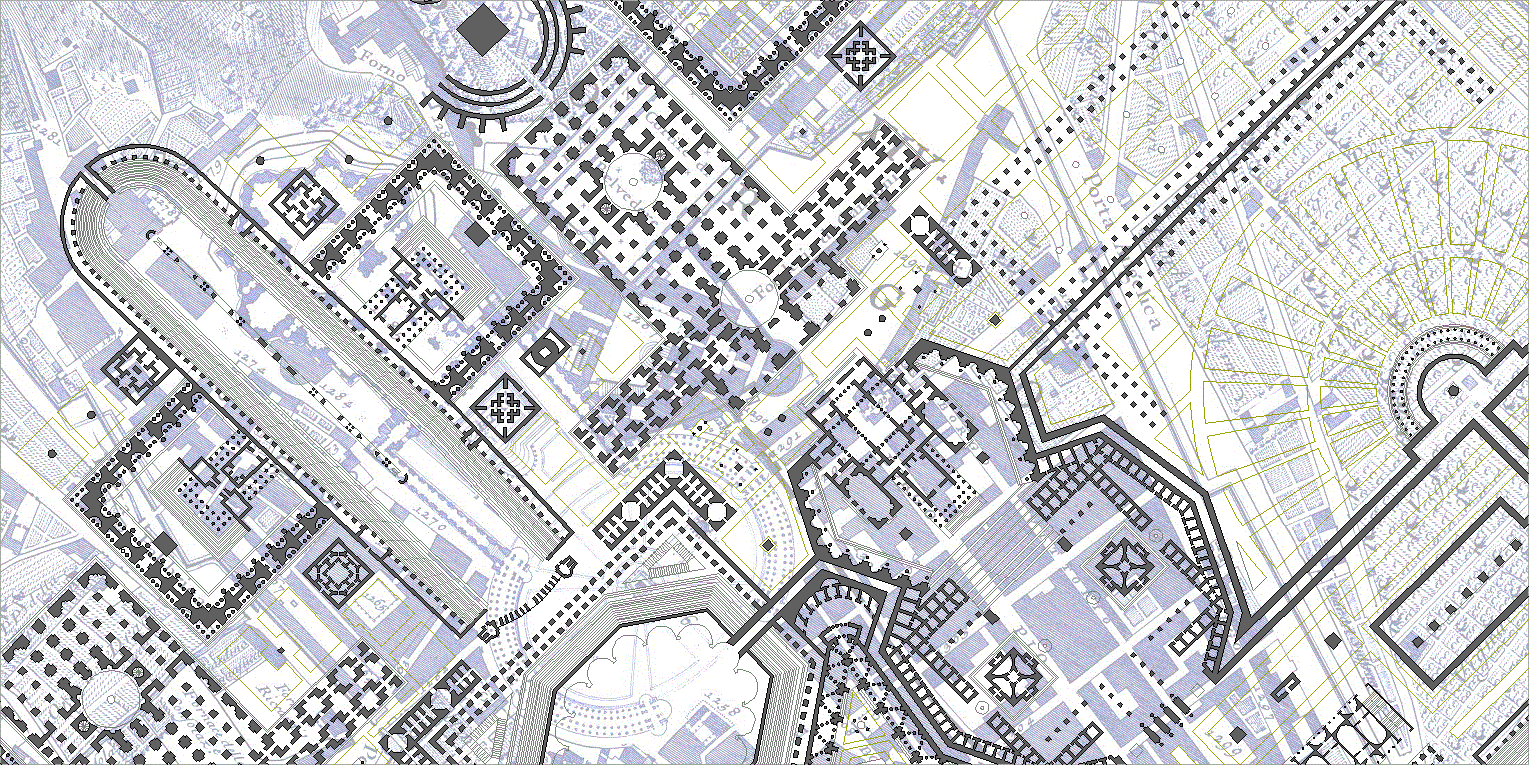quondamopolis | architecture as a fictitious [w]hole |
|
|
|
1998.01.08 |
|
|
|
|
| Because of the Michelangelo painting within the Vatican's Pauline Chapel it is certain that Piranesi was aware of the St. Peter reverse (inverted) crucifixion tradition. This lead to further interpret the Porticus Neronianae on the axis of Life as not only an inversion of the basilica of St. Peter's, but, more to the point, the porticus symbolizes the inverted crucifixion of St. Peter. Furthermore, because the porticus carries Nero's name, there is also the connection of Nero as Antichrist, and thus the inversion theme intensifies. I am now thinking that this very building (the Porticus Neronianae) carries an essential meaning for the entire Ichnographia plan, for all the above reasons plus for the fact that within the porticus' plan itself there is a significant switch in the way the walls are composed--the nave of the porticus is of a traditional layout of piers, yet in the trancepts the walls take on a very unique formation that generates a distinct pattern of solid and void. This methodical shift from solid to void is in and of itself a notation (demonstration - mark) of an oscillating or perpetual inverssion process. This plan as pattern is also perhaps a proto-sign of what might be called Piranesiesque, i.e., a type of planimetrics that is original to Piranesi and perhaps a prototype of his unique planning "style," which in turn proliferates throughout the Ichnographia. |
www.quondam.com/33/3321d.htm | Quondam © 2018.07.16 |
